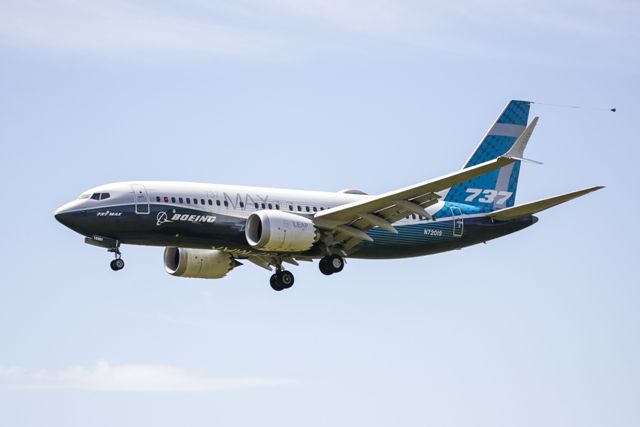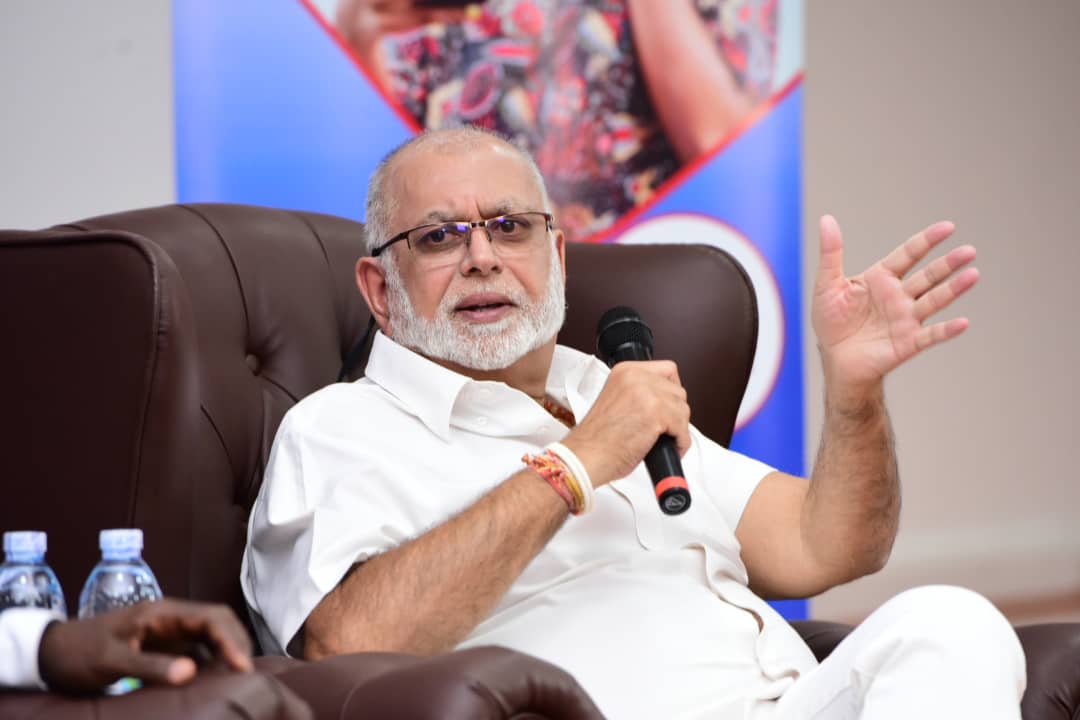After 20 months on the ground, Boeing’s 737 Max will soon fly again, ending a tragic episode that cost 346 people their lives and did serious damage to the big U.S. jet builder.
The company on Wednesday got clearance for the plane to return to American skies after convincing the Federal Aviation Administration that changes in design, software and crew training would eliminate the flaws that caused fatal crashes in 2018 and 2019.
This will not put Boeing’s troubles behind it. The company, which had predicted billions of dollars in losses because of the grounding, has also been crippled by the ruinous blow that the coronavirus pandemic has inflicted on global aviation.
An industrial icon, Boeing is the largest manufacturing exporter in the United States, one of the federal government’s biggest contractors, a blue chip stock and a major employer whose fortunes help shape the national economy.
Boeing expects to start 2021 with a global work force of about 130,000, down nearly 19 percent from its head count at the start of this year. Reviving its Max business will be a major test of the company’s ability to withstand the pandemic and re-establish its longtime stature.
“This is their core aircraft, so the future lays on the shoulders of the Max,” said Vitaly Guzhva, a professor of finance at Embry-Riddle Aeronautical University.
The Max is the latest offering in Boeing’s 737 line, a single-aisle jet used by airlines around the world for flights of a few hours. There are more than 380 Max planes in the global fleet, according to Cirium, an aviation data firm. Thousands are on order.
Regulators elsewhere are expected to follow the F.A.A.’s lead, though it may take time to conclude their own reviews. The U.S. agency has worked with its counterparts in Canada, the European Union and Brazil on revised pilot training requirements.
The changes ordered by the F.A.A. include updating MCAS to avoid erroneous activation, updating display software to alert pilots when data from sensors conflicts, rerouting some internal wiring and updating the flight manual.
Even in the United States, it could be months before the Max starts carrying passengers again. The F.A.A. must still approve pilot training procedures for each U.S. airline operating the Max, planes need to be updated, and airlines suffering from a huge decline in traffic during the pandemic may feel little urgency to act quickly.
American Airlines is expected to be the first U.S. carrier to fly the Max, with plans to use the plane from Dec. 29 to Jan. 4 for flights connecting Miami with La Guardia Airport in New York.
United Airlines said it expected to start flying the Max in the first quarter of next year after 1,000 hours of work on every plane and “meticulous technical analysis.” Southwest Airlines said it did not expect to resume flights until the second quarter.
The Air Line Pilots Association, which represents nearly 60,000 pilots in North America, including those at United and Delta, said that it was still reviewing changes to training procedures, but that the proposed engineering fixes “are sound and will be an effective component that leads to the safe return to service.”
The F.A.A. decision removes some uncertainty as Boeing seeks to rehabilitate its reputation, resume fulfilling longstanding orders for the Max and manage the sharp slowdown in business caused by the pandemic.
The company has lost more than 1,000 orders this year, mostly for the Max, after accounting for orders that either were canceled or are likely to fall through. Aircraft contracts typically allow buyers to cancel or renegotiate terms if deliveries are delayed, adding to the urgency for Boeing to resume delivering the planes. Still, the company has more than 4,200 orders in its backlog, most of them for the Max.
For decades, Boeing had taken an incremental approach to the 737, choosing to update the plane rather than conceive a new model. That strategy had benefits, including reducing the need for pilot retraining. But it also resulted in a patchwork design that sometimes required workarounds. The placement of larger, more efficient engines caused the Max to tilt up during certain maneuvers. MCAS — for maneuvering characteristics augmentation system — was programmed to counter that.
In both crashes, faulty sensors activated the software, sending the planes toward the ground as the pilots struggled to pull them back up. In a September report, Democrats on the House Transportation and Infrastructure Committee said internal Boeing documents showed that concerns raised by employees about MCAS had been dismissed or insufficiently addressed. That report and one from the Transportation Department’s inspector general accused Boeing of misleading the F.A.A. by playing down the complexity of MCAS, perhaps to avoid costly pilot training.
The House committee also faulted the agency’s practice of outsourcing some certification functions to employees of the companies it oversees.
On Tuesday, the House passed a bipartisan bill aimed at changing F.A.A. certification procedures and requiring an expert panel to review Boeing’s safety culture. The Air Line Pilots Association applauded the legislation, saying that it included much-needed changes to the certification process. The authors of a similar bill passed by the Senate Commerce, Science and Transportation Committee on Wednesday said they would work with leaders in both houses to get a version of reform legislation enacted into law.
Boeing is nearing the end of a dreadful year. In addition to the Max crisis and the pandemic, quality concerns have slowed deliveries of its wide-body 787 Dreamliner.
Still, several factors are working in Boeing’s favor. Orders for the Max may be difficult to cancel; some airlines, like Southwest, rely exclusively on Boeing planes, making it difficult to switch to the other major manufacturer, Airbus; and the Max offers savings on maintenance and fuel that may be difficult for some to pass up, especially as corporate clients pressure airlines to cut carbon footprints.
Boeing’s stock has risen more than 40 percent this month, with investors encouraged by news from Pfizer and Moderna that coronavirus vaccines under development appear to be highly effective.
![]()




























